I've recently upgraded my old project that goes to mass production (a pair of thousand pieces, pretty niche). Previously I used DIP atmega328p, which were manually programmed in China. I sent them a detailed instruction, HEX of Flash and HEX of EEPROM, all was OK, I made the process as quick as I could, given limits.
But I've decided to switch to SMD version of the MCU (hardware/spacing related reasons). So it will make assembly process quicker and easier. So I thought why not to optimize MCU programming step as well, now that I have a little more experience and knowledge (the original project was one of my very first projects ever). So if I can also get rid of manual programming, it's a double win. I'm aware of zif sockets for qfn-32 which can be used to program the MCUs manually, it's a backup option. I want pick-and-place machine to solder the MCU onto the board and be done with it. Manual programming means manual soldering of the MCU, which, in case of QFN-32, sounds like a really bad idea.
Unfortunately, fierce and fingerbreaking googling didn't yield expected (or desired) results. The best I saw was purchasing Atmegas with a bootloader, which doesn't really solve the problem of course.
So is there a way to buy Atmega328p SMD with Flash and EEPROM programmed? The rest of the PCB will be assembled in China, so if there is any way to do that in China too (LCSC?), that would be great, but I just want to find out if/how this works in general, who could I contact? Should I contact, say, LCSC? Or someone else? It's critical to have BOTH FLASH and EEPROM.
In case it somehow matters: in my project the Atmega328p runs from the internal 8mhz oscillator
